Language
You can read the magazine in one of the following languages
Geolocation
You can read the global content or the content from your region
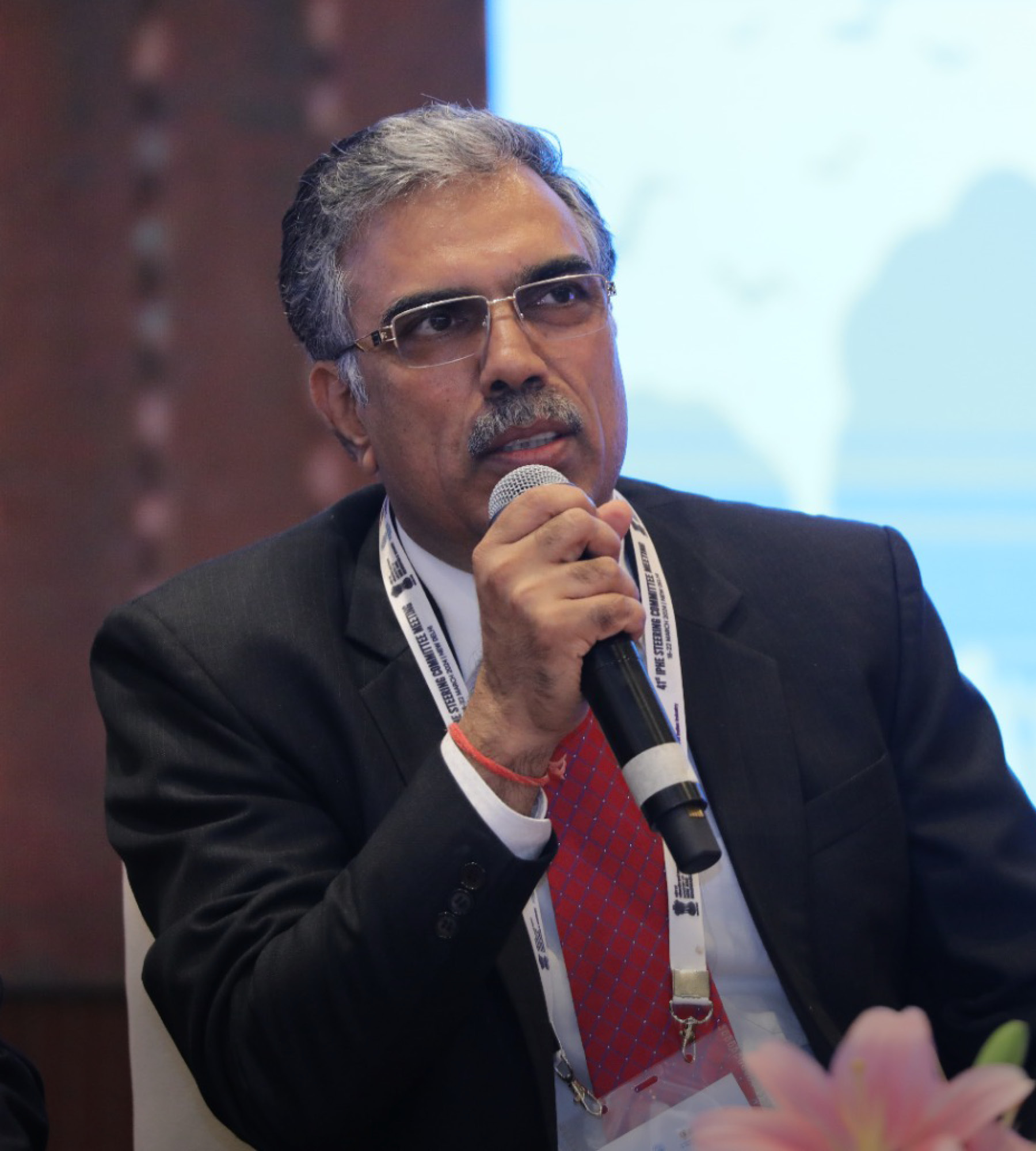
As the most populous nation on Earth with more than 1.4 billion people and the fifth largest global economy, it will come as no surprise that India lags behind only the United States and China when it comes to energy consumption.
It’s a consumption that is projected to surge, with the International Energy Agency reporting that India will need to grow its existing power system to the equivalent size of the European Union to meet the growing electricity demand. Another not-so-surprising fact when you consider that the country’s urban population is also predicted to increase by a city the size of Los Angeles each year.
And it’s the pioneers of sustainable energy solutions, including respected figures such as Sanjay Sharma, who stand at the helm of Solar Energy Corporation of India (SECI) as Director. SECI is at the forefront of supporting the country in its efforts by adopting innovative approaches and providing a beacon of hope as it continues both its population and industrial growth.

A stalwart of the power industry for the past 36 years, Sharma is intent on guiding his country toward a brighter, greener future. One of his most successful innovations was introducing wind sector bidding mechanisms. Competitive bidding acts as a mechanism for allocating renewable energy capacity and Sharma is particularly proud of this achievement.
“We’ve led the way in designing bids for wind, which is one of my most cherished achievements,” he says. “There were a lot of hurdles created by the old players because they were not facing any competition. I brought that competition.”
Another one of Sharma’s ideas included conducting reverse wind auctions whereby energy generators offer their best price for which they can provide renewable energy generation. The public entity selects the winning bidders that meet the criteria, starting with the lowest price offers until the required capacity levels are met.
“Our transparent bidding processes have led to greater confidence from global bidders, which has meant significant cost reductions in the sector,” Sharma explains. “That was the major thing.”
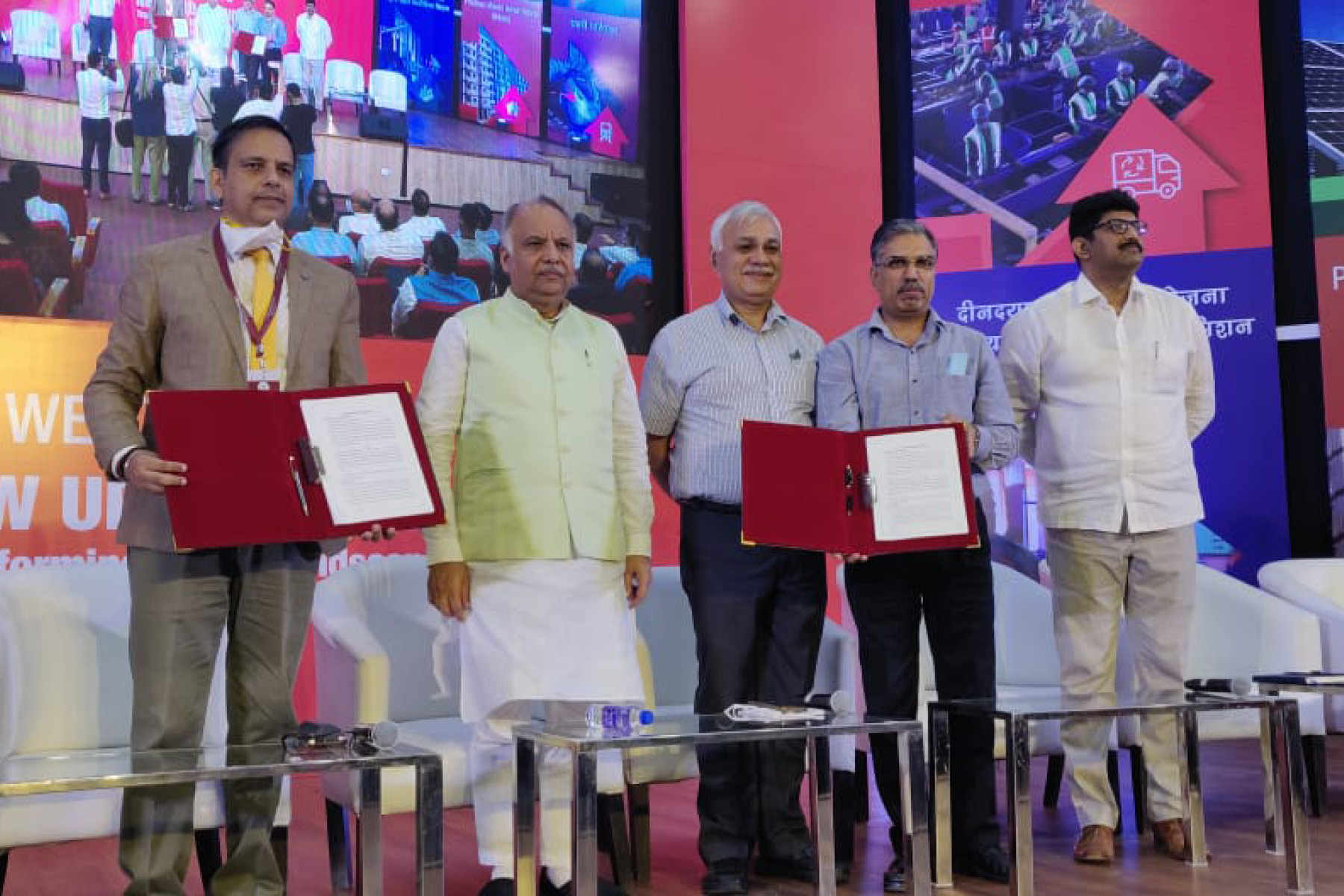
“We are creating the right renewable energy infrastructure, which can supply power as per the load requirement of the state.”
Such was the success of the new bidding system, Sharma was invited to Paris by French industry body MEDEF to receive an accolade recognizing his work.
Yet revamping the energy bidding system was not Sharma’s only focus.
“We didn’t stop at that,” he says. “We went on to come out with the first tender of solar and wind hybrid. And after that we introduced the assured peak power tender to ensure peak energy demands could be met.”
What followed was what Sharma describes as the “world’s first tender” for firm and dispatchable renewable energy power, meaning the power profile configuration matches the demand profile for a particular time-block of the day, to be met by renewable energy sources.
“That means to say that we are creating the right renewable energy infrastructure, which can supply power as per the load requirement of the state,” Sharma says.
As a Central Public Service Undertaking (CPSU), SECI sits under the administrative control of the Indian government’s Ministry of New and Renewable Energy (MNRE). Set up in September 2011 to facilitate the implementation of India’s National Solar Mission, it is now the only CPSU dedicated to the renewable energy sector.
While SECI was originally a not-for-profit, in 2015 the government converted its status to that of a commercial company and broadened SECI’s mandate to cover the entire renewable energy domain. This has allowed the company to have a major role in the sector’s development.
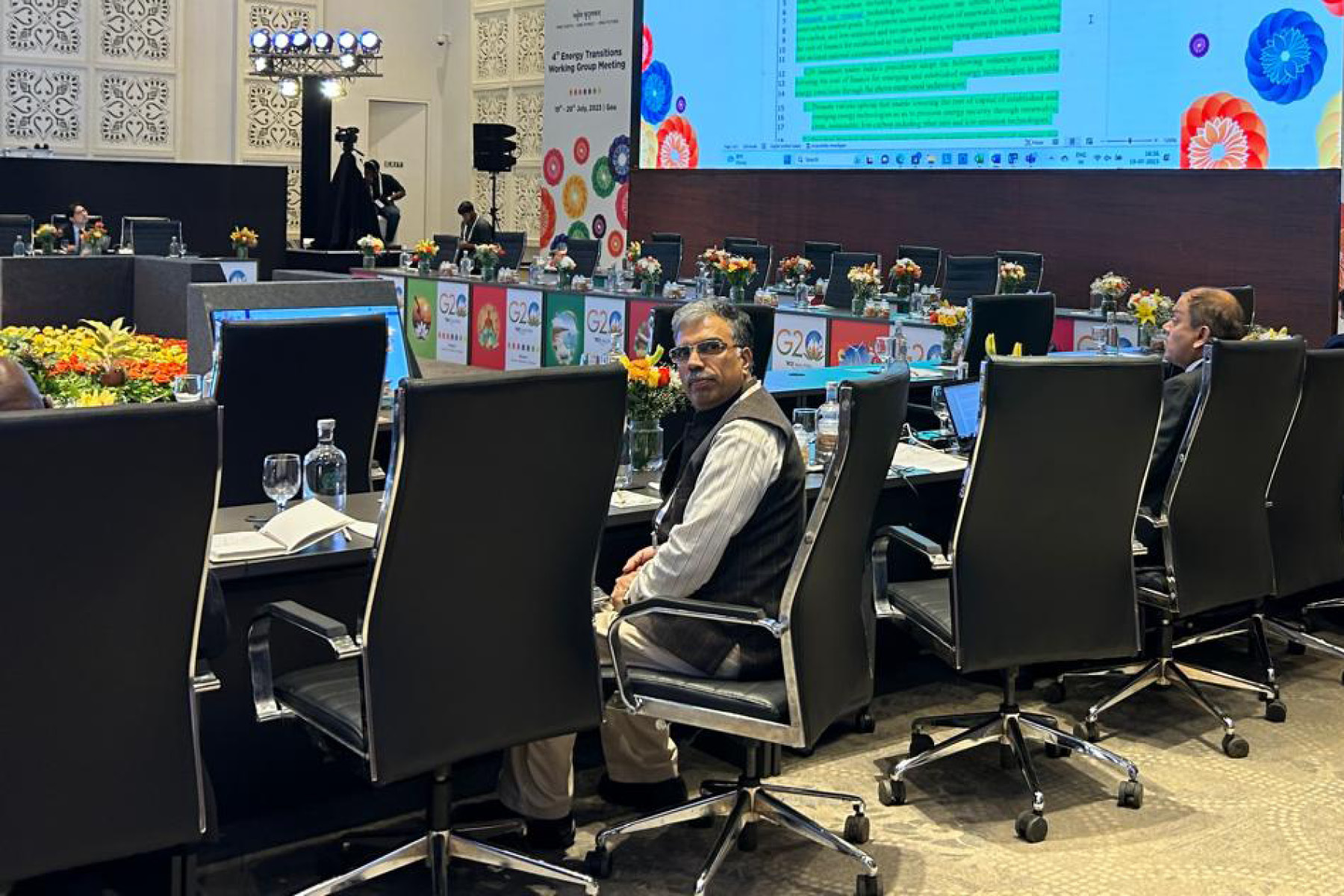
“Our transparent bidding processes have led to greater confidence from global bidders.”
SECI is now a central point in the network, for the implementation of several MNRE schemes and in addition to this, it has ventured into solar project development on a turnkey basis for several private sector undertakings and government departments.
The company also has a Category-I power trading license and is active in this domain through the trading of solar power from projects set up under the schemes it has implemented.
One of SECI’s many renewable energy initiatives is its groundbreaking efforts in the production of green hydrogen. The company hosted an event in conjunction with the Indian government to explore hydrogen as a source of sustainable energy on the eve of World Hydrogen and Fuel Cell Day, held in New Delhi last October.
“We want to project India as the hub for the production of green hydrogen,” Sharma says. “Our focus is on developing green hydrogen production and electrolyzer manufacturing capabilities.
“Recently, we have also floated the world’s biggest tender for production of 0.539 million metric ton per annum of green ammonia. The off-takers of this green ammonia have also been tied up for 10 years.”
With 80 percent of India’s energy demands still being met by fossil fuels, thus making it one of the world’s largest greenhouse gas emitters, SECI is one of the major parts of India’s drive to embrace renewable energy sources in the region, not to mention the world, as it becomes ever clearer that renewable energy is no longer a choice but a necessity.

“We’re doing great things for our country and the world.”
India’s transition to green energy aligns also with global efforts to combat climate change and reduce carbon emissions outlined in treaties such as the Paris Agreement.
Reflecting on his tenure at SECI since September 2015, Sharma explains the company’s early challenges as it worked toward implementing the country’s energy transition.
“At that particular time, we were in a very nascent stage of formation. There was no structure, no clarity about the role or how to move forward for SECI,” he recalls.
However, under his guidance, SECI has witnessed exponential growth, with India’s total installed solar capacity soaring from a mere three gigawatts in 2015 to over 84 gigawatts today. A staggering growth which undoubtedly reflects Sharma’s – and SECI’s – commitment to driving the renewable energy agenda in India.
The adoption of green energy technologies in India also presents significant economic opportunities. By investing in renewable energy infrastructure and manufacturing, the country can stimulate job creation, attract foreign investment and bolster its energy security. Additionally, renewable energy projects offer decentralized energy solutions, empowering rural communities and fostering inclusive growth.
Leading the way like this means India is also likely to inspire other developing countries to embark on a similar path toward sustainability. By sharing expertise, technology and best practices, India can contribute to a global transition to clean and renewable energy sources, mitigating the adverse effects of climate change on a planetary scale.
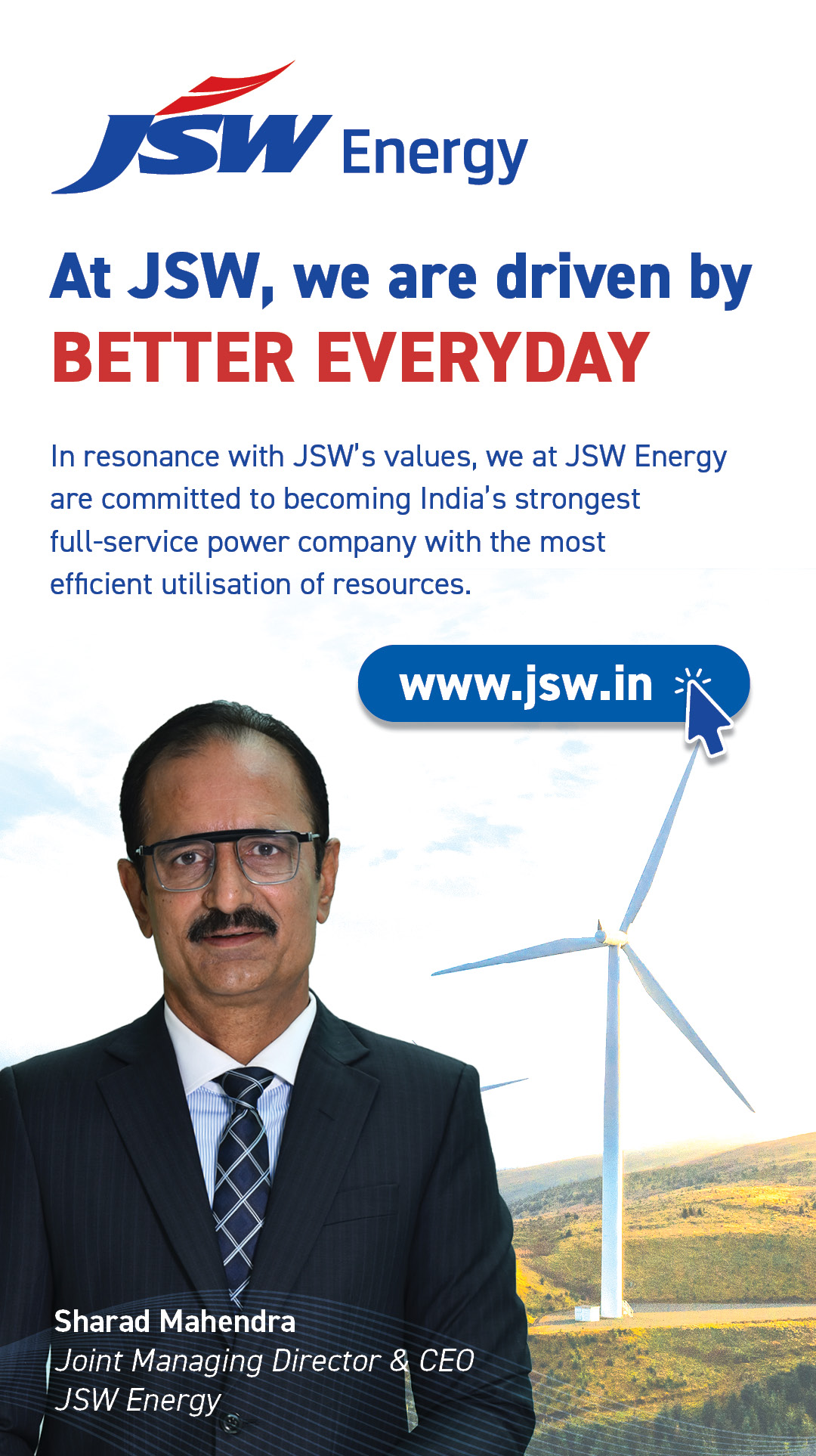
Sharma emphasizes SECI’s commitment to transparency and reliability, highlighting its role as a central agency in facilitating bidding processes and ensuring timely payments to developers.
“Since its inception in 2011, we have not defaulted on any payments to developers,” Sharma says. “We were able to get the lowest tariff because as a Government of India entity, we have guaranteed payments to developers for their investment to be on time,” Sharma explains.
This commitment to financial stability has been a key factor in SECI’s success, fostering trust and confidence.
It’s this approach that has led SECI to have a foundation of exceptionally strong relationships with its developers and stakeholders to support its aims: an approach that comes from its ethos of collaboration and the view that stakeholders are integral to the company’s journey to success.
“We treat them as more than stakeholders; they are our business partners,” Sharma asserts, explaining that SECI is committed to fostering symbiotic relationships within the industry.
He acknowledges in particular the invaluable contributions of key partners such as Renew, Adani, ACME, Ayana, Greenko Group and JSW Energy.
“Our collaboration has been instrumental in driving operational excellence,” he says.
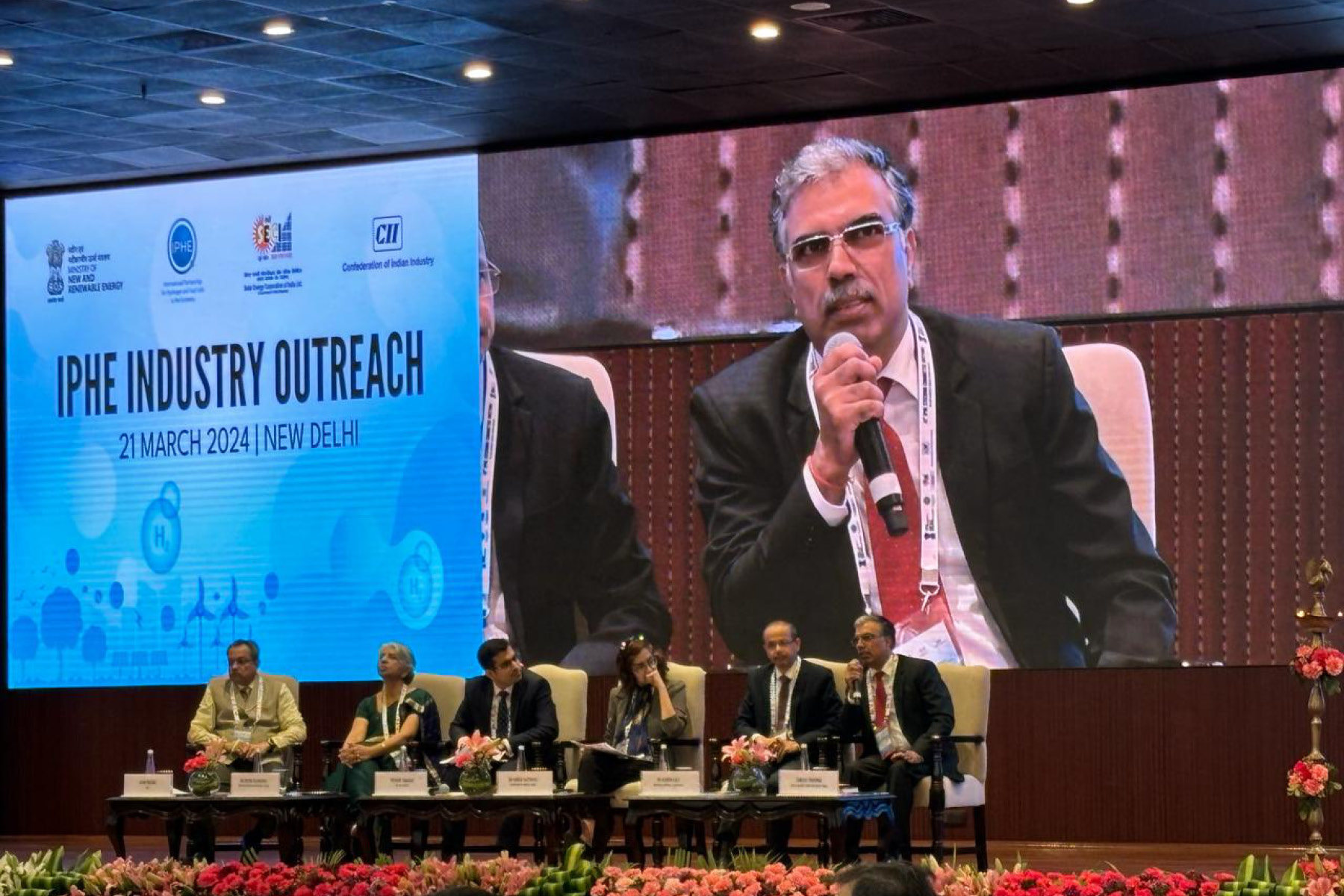
“We want to project India as the hub for the production of green hydrogen.”
In keeping with this dynamic approach, SECI has set ambitious targets for its future growth. In terms of SECI’s own capex projects, Sharma outlines plans to commission over 1,200 megawatts of solar projects and expand the company’s portfolio to 5,000 megawatts in the next six years.
In the area of developer mode projects, where SECI is an intermediary, he predicts similar growth. “We expect to cross 100,000 megawatts of installed capacity by 2030,” he says.
However, Sharma admits that this target doesn’t come without its challenges. “A lot of investment is required, and evacuation infrastructure is critical,” he explains. “Identifying potential areas and developing evacuation systems are essential for achieving our goals.”
But despite the inevitable bumps in the road ahead, Sharma is confident that SECI’s core attributes mean that they will succeed.
“Not only do we focus on innovation and efficiency, but we also demonstrate speed, scale and skills,” he emphasizes. “We come to the office every day with an open mind to learn and adapt to new challenges.”
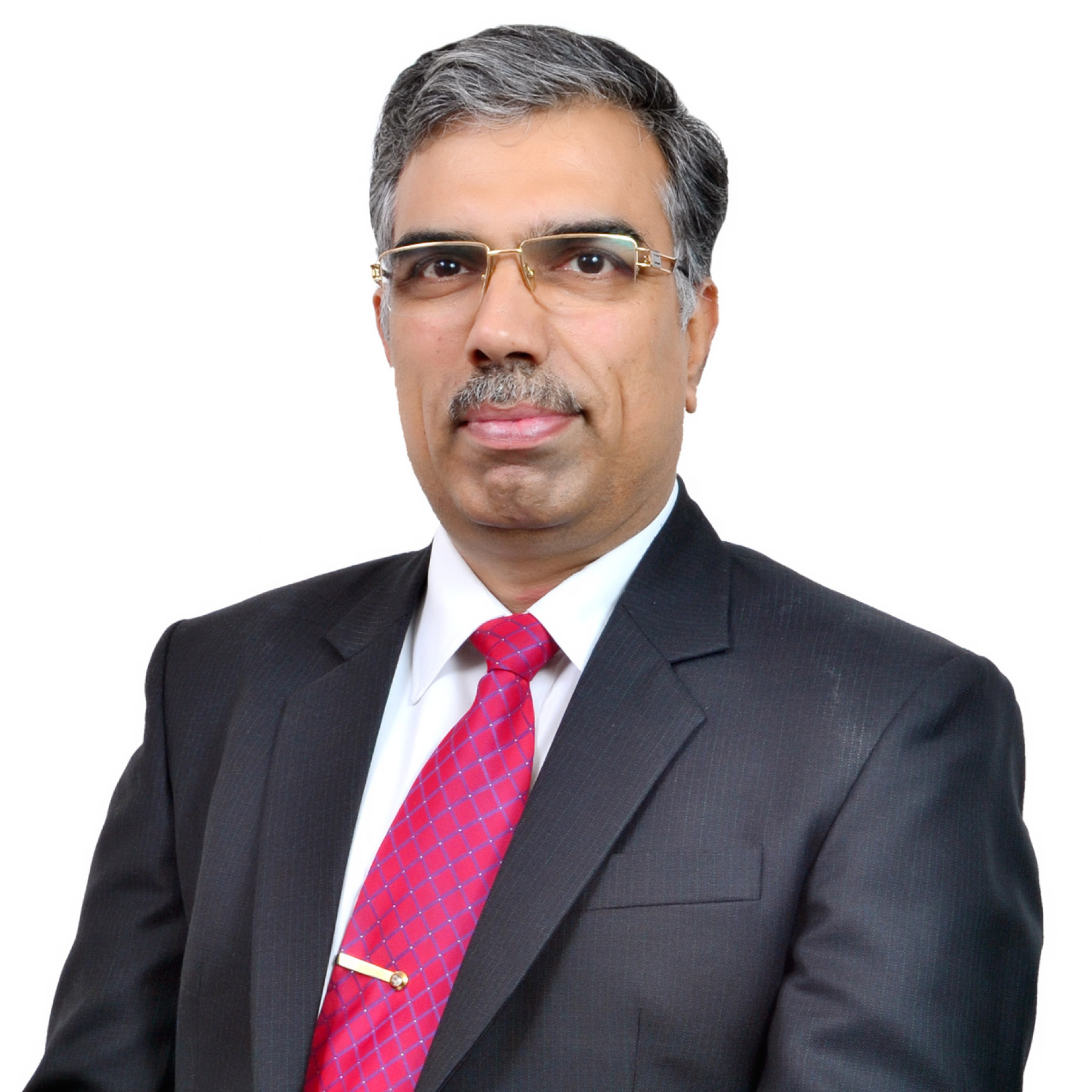
“We come to the office every day with an open mind to learn and adapt to new challenges.”
Sharma believes that part of the company’s strength lies in having a young team that lends itself to experimenting with new ideas.
“What differentiates us from other organizations is that we are the first, and in many cases we are the first globally, to be such a young organization,” he says. “The average age of our employees is less than 35. That’s a core advantage for us.”
It’s clear from Sharma’s own energy that his passion for alternatives to fossil fuels epitomizes the spirit of innovation and progress in India’s renewable energy landscape. As SECI continues to illuminate the path toward a greener tomorrow, Sharma’s experience and dedication to the cause are moving India toward a brighter future.
“I’m so proud of everything we’ve achieved and continue to achieve,” he says. “Not just me but the whole SECI team. We’re doing great things for our country and the world.”